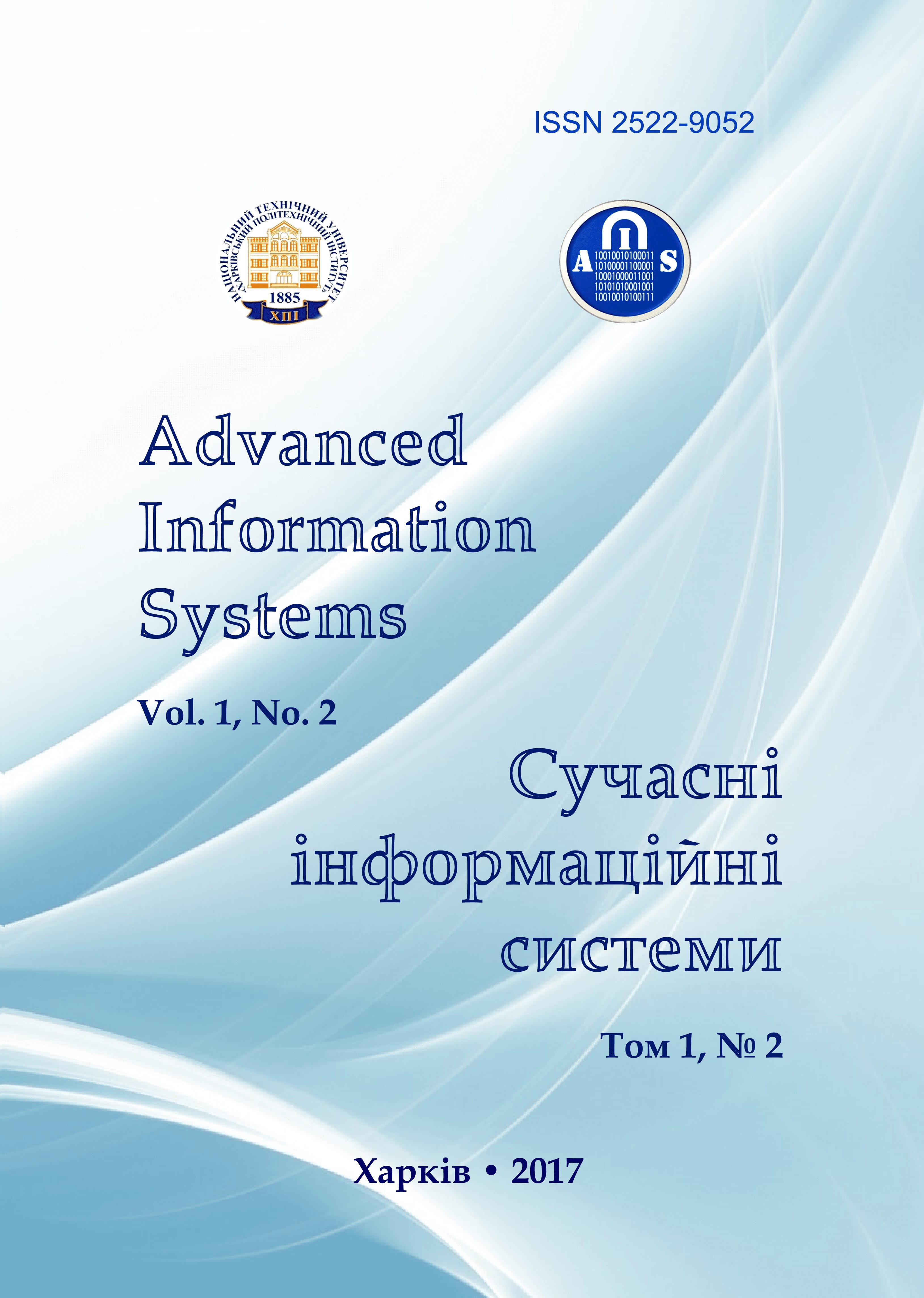Investigation of intrusion in computer systems based on the Hurst exponent
Main Article Content
Abstract
The subject of the research in this article is the analysis of intrusion detection methods in computer systems. The purpose of the article is to develop effective methods and technologies for countering computer viruses. Tasks: research of modern means of antivirus protection of computer systems; a study of the Hurst index for assessing the state of the computer system; development of a software model for assessing the state of a computer system based on the Hurst index, analysis of the experimental data. The methods used are: self-similarity assessment of the process based on the Hurst index. The following results are obtained. A method for identified abnormal behavior of a computer system based on the Hurst index is proposed. It is based on the analysis of CPU and RAM. The results of the research showed that the influence of a number of viruses on the computer system leads to the aspiration of the Hurst index to an average value of 0.5, which indicates the randomness of the process. Conclusions. Experimental studies confirm the possibility of using theHurst index as an integral part of the intrusion detection system in computer systems.
Article Details
References
Cyberexpert estimated the damage from the Petya virus in the world, available at:
https://tsn.ua/svit/kiberekspert-ociniv-zbitki-vid-virusu-petya-a-u-sviti-953633.html (last accessed May 31, 2017).
Shelukhin, О.I., Sakalema, D.Zh. and Filinova, А.S. (2013), Identifying intrusions in computer systems, Telecom-Hotline, Moscow, 220 p.
Lukatsky, А.V. (2001), Identifying attacks, VHB-Petersburg, Sankt-Peterburg, 624 p.
Semyonov, S.G., Davydov, V.V. and Gavrilenko, S.Y. (2014), Data security in computerized control systems (monography), LAP LAMBERT ACADEMIC PUBLISHING, Germany, 236 р.
Semyonov S. and Gavrilenko S. (2015), “Approximating computer system operation technologies under external action through the brusselator model with perturbation in the form of dynamic chaos”, Revista RECENT, Transilvania University of Brasov, Romania, Vol. 16, No. 1 (44).
Semyonov G., Gavrilenko S. and Chelak V. (2016), Developing parametrical criterion for registering abnormal behavior in computer and telecommunication systems on the basis of economic test, Actual problems of economics, Kyiv, Vol 4(178), рр. 451-459.
Gavrylenko, S., Chelak, V. and Hornostal O. (2016), “Intrusion detection in computer systems”, Proceedings of the symposium “Metrology and metrology assurance”, Sozopol, Bulgaria, 2016, pp. 342-347.
Hurst, H.E. (1951), Long-term Storage of Reservoirs, Transactions of the American Society of Civil Engineers, 116 p.
Shelukhin O.I. and Antonyan, A.A. (2014), “Analysis of changes in the fractal properties of telecommunications traffic caused by abnormal intrusions”, T-Comm, No. 6, рр. 61-64.
Nayman, Eric (2017), Calculating the Hurst exponent with the purpose of finding trends (persistence) in financial markets and macroeconomic indicators, available at: http://www.wealth-lab.net/Data/Sites/1/SharedFiles/doc/forindicators/articles/ 04_erik_ naiman_herst.pdf (last accessed May 31, 2017).
Piskaryov, D. (2017), Calculating the Hurst exponent, available at: https://www.mql5.com/ru/articles/2930 (last accessed May 31, 2017).
